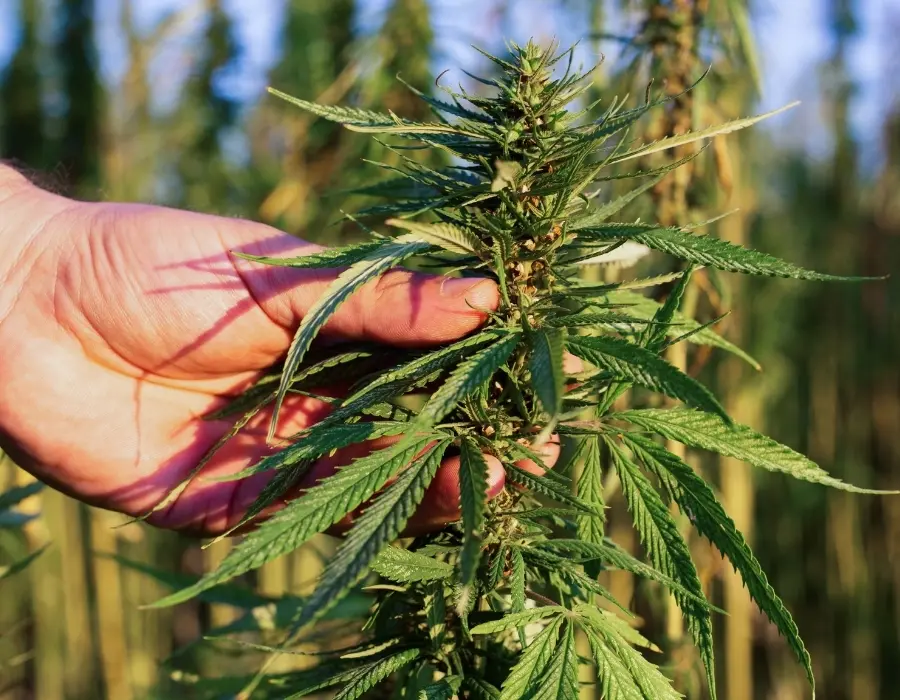Organically grown cannabis fits into the realm of aged scotch and fine wines. The savoury flavours, floral aromas, and smooth perfection at consumption set their distinctive qualities apart. As stand-outs in their industry, each delicacy has unique processes required to reach that distinguished, high-quality status.
One of the best ways to achieve a high-level rank in cannabis cultivation is by growing your plants organically. By utilizing Mother Nature’s gifts outdoors, marijuana plants embrace the elements to develop most perfectly throughout their lifecycle. That is unless a hail storm comes along and wipes out the crop.
Indoor marijuana growers, on the other hand, have their own set of challenges trying to mimic outdoor environments with natural inputs. Growing organically indoors or out has trials to overcome, but harvest rewards are well worth it. Understanding how to grow organic cannabis will help achieve the maximum potential of your marijuana plant.
Why is Growing Organic Cannabis Better?
Heighten Medical Marijuana Benefits with Organically Grown Strains
As science continues to unfold this miraculous plant’s hidden treasures, we are finding new ways to combat disease and illnesses in the medical field. The study of cannabinoids, terpenes, and the synergistic manner in which they combine, reveals new approaches in combating many medical disorders.
Growing organic marijuana for medical purposes ensures a clean, natural product free from synthetic chemicals. A medical cannabis strain grown in healthy organic soil with abundant microbial activity produces a healthy, chemical-free flower. It only makes sense to grow the plant organically, especially for medical purposes.
Costs are Much Less When Growing Organic
Upfront budgets for creating a biology-happy medium may include initial organic soil and other natural amendments. But ingredients such as kitchen waste, grass clippings, manure, and dry leaves are easy to acquire with little to no cost.
When growing organic cannabis outdoors, electricity, heating, cooling, and ventilation costs are zero. The great outdoors has that one covered. On the other hand, indoor growers bear the brunt of all those expenses and others.
Costs for bottled nutrient formulas become quite pricey, depending on the growing medium. There are recipes for the vegetative stage, bud boosters for flower development. PH adjusting products, pest management…the list goes on and on.
Indoor marijuana cultivators have environmental costs in their grow room, but organic growers save money by feeding the soil naturally occurring amendments instead of bottled nutrients. It doesn’t cost much to whip up a batch of compost tea or fermented plant juice (FPM). However, organic nutrients take some time to build the soil food web.
